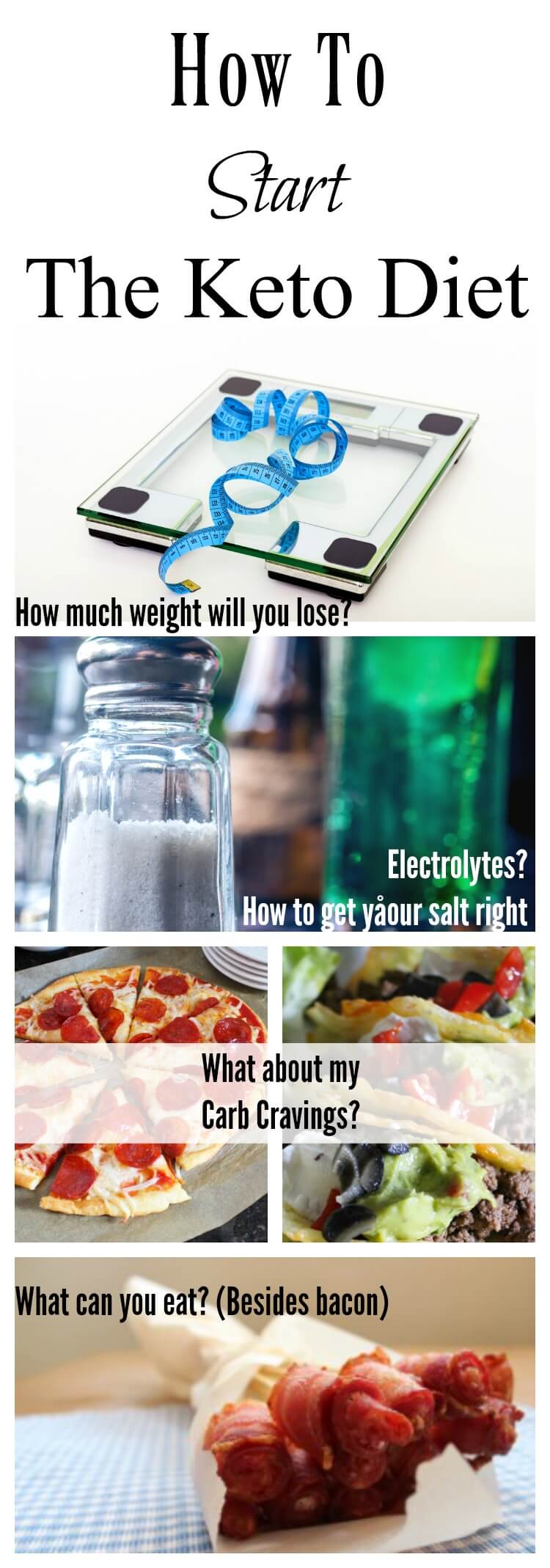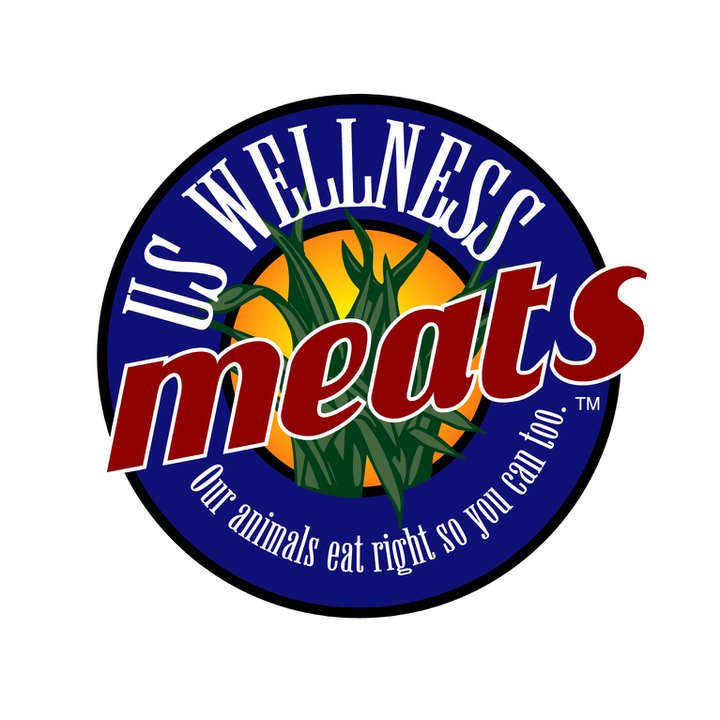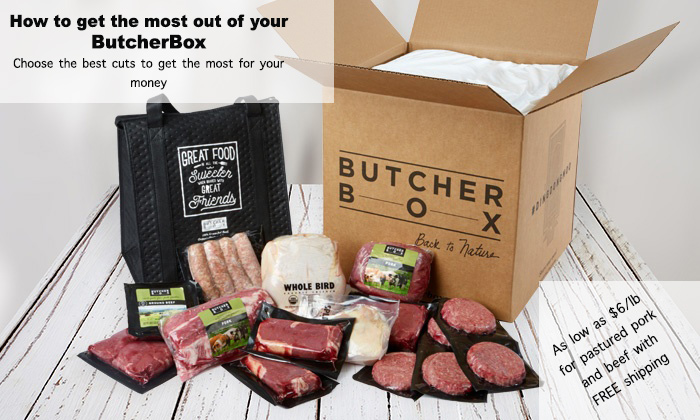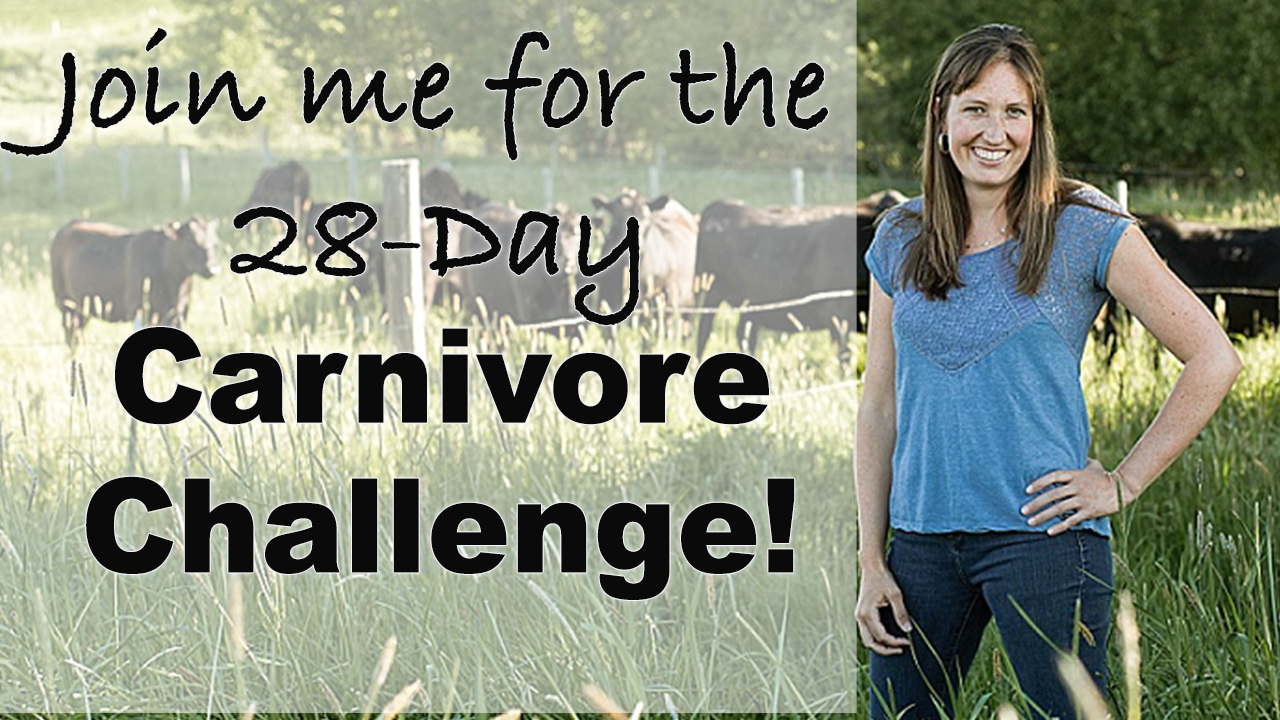The carnivore diet, also called the zero-carb diet, allows foods that come from animals only.
There are no ‘carnivore police’, and of course you are free to eat what you want to eat, but in general the carnivore diet will include:
- Meat from any animal, including organ meats and bone broth. Meat can be cooked in any way (Instant Pot, slow cooked, grilled, etc)
- Eggs from any animal including chicken, duck, goose, quail.
- Dairy, for some people, especially high fat dairy.
Most people who do the carnivore diet also enjoy the benefits of being in ketosis and a diet where most of the calories come from fat. Dairy is naturally high in fat, and when it is aged (such as cheese) it is lower in carbohydrate. Favorites include: Butter, heavy whipping cream, cheese, and cultured cream. - Honey, which some include on carnivore.
- Salt and other electrolytes (potassium, magnesium). Historically salt has been a prized commodity, and it is necessary for most people . who are starting out on the carnivore diet.
Foods not included in the carnivore diet:
Plants of any kind, including:
- Oils that come from plants including coconut, MCT, avocado, or olive oil.
- Fruit or vegetables in any form.
- Sweeteners, including stevia, or sugar – both are plants. In addition, artificial sweeteners, even erythritol, are avoided to avoid the potential insulin response.
Note on animal foods, plant oils, and carbs: Though there are carbohydrates present in seafood, eggs, and cheese, they are still relatively low. You may hear ‘carnivore’ also called ‘zero carb’. The term ‘zero carb’ refers to the old-fashioned food categories; meat and eggs were considered protein and plants were considered ‘carbs’.
This gets confusing in relation to this diet and modern nutrition labeling as plant oils (soybean, canola, coconut) all do not have any carbs listed, but aren’t part of the carnivore/zero carb diet. In contrast, scallops, eggs, and some dairy contain some carbohydrates but are included on a carnivore/zero-carb diet.
Foods that are included by some on carnivore, but not purists:
• Coffee or black or green tea, no sweetener.
• Herbs and spices to season meat.
• Sauces for flavor and texture, not necessarily nutrition: BBQ sauce, mayo, mustard, ketchup, etc.
• Condiments, especially fermented condiments like fermented pickle relish, sauerkraut, horseradish sauce.
The 30-Day Carnivore Meal Plan is more than a meal plan. It is your complete 30-day guide to transformation from a plant eater to a meat eater. During this month you will eat a more biologically-appropriate diet than you probably ever have in your life. Look out – your life will forever be changed.
Versions of the Carnivore diet
Whether you are eating just meat and salt, or including everything from meat to dairy to eggs and even some seasonings, we detail what different versions of the carnivore diet here.
MEAT AND SALT
This version of the carnivore diet includes meat, salt, water, and that is it. Supplementation with magnesium and potassium is also often helpful. Black coffee and black or green tea can be included if desired. Purists will avoid coffee and tea as well.
Fat is encouraged because when we avoid carbohydrates, the majority of our energy comes from fat. People typically find they feel best when getting at least 70% of their calories from fat, rather than the majority of their calories from protein. Individual needs and preferences may vary.
Salt is used to season, but even black pepper and herbs are avoided. Some autoimmune conditions are sensitive to spices including black pepper, so we really are giving our bodies a break.
Foods eaten when eating that the Meat & Salt version of the carnivore diet:
• Beef, especially fatty cuts
• Chicken, skin on and mostly dark meat for the best satiety
• Lamb
• Seafood including wild-caught shellfish
• Fish, especially fatty fish like salmon
• Pork if desired – some will want to avoid as pork can be hard for some people to digest.
• Meat stock or bone broth made with bones, marrow blended in or eaten separately.
• Organ meat including liver, kidney, sweetbreads, heart, fish eggs, and more from any animal.
• Any other uncured unseasoned meat including pork rinds seasoned only with sea salt, or jerky made with just sea salt and meat.
• Sea Salt
Recipes:
Meat and Eggs
The Meat and Eggs version of the carnivore diet includes meat, eggs, and salt, and that is it. As with just meat and salt, supplementation with magnesium and potassium is often helpful.
When eating meat and eggs, you want to make sure your eggs are *just eggs* from a shell. Scrambled eggs from restaurants or from a carton often have fillers such as wheat, soybean oil, and cellulose fiber. The problem with these fillers is that those fillers can cause inflammation or contain excess carbs and may make you think that you’re having trouble with eggs, when in reality it’s just the fillers that you’re reacting to.
In this version of the carnivore diet, you can have everything under Meat & Salt plus:
• Eggs of any kind, including chicken, turkey, duck, etc.
• Raw egg yolks. Raw whites can be consumed, but they contain an anti-nutrient that binds to biotin, a B vitamin, so raw egg whites should be limited. Most of the nutrition from eggs are in the yolks anyway.
Recipes:
Meat, Eggs, and Dairy
Dairy is a game-changer when you are on the carnivore diet. Creamy cream cheese, tangy yogurt and sour cream, melty cheddar, and heavy cream all add richness, flavor, and variety to carnivore. Kefir, cultured cream, and yogurt can all add probiotics as well.
Why wouldn’t you include dairy in carnivore? Many people have a sensitivity or allergy to dairy. In addition, the mild creamy goodness of dairy makes it easy to over-eat, a problem with those who are doing carnivore for weight loss.
On the carnivore diet it is generally encouraged to use dairy as a condiment, not the main course. Mostly meat is the theme of most people’s best version of the carnivore diet.
Foods included in addition to meat and eggs included:
• Homemade probiotic sour cream
• Commercial plain yogurt
• Milk kefir, plain (see the carnivore resource page for cultures)
• Cheese, store bought or homemade
• Colostrum
• Fluid milk, raw preferred
• Ghee and butter
• Heavy cream in coffee or tea
Recipes:
- How to Make 24-Hour Yogurt in the Dehydrator (easy directions for SCD and GAPS)
- Chaffles: Low Carb Waffles Made with just Eggs and Cheese
- Low-Carb Cheddar Sauce (egg free, starch free, easy)
Meat, Dairy, Eggs, and Seasonings (Mostly Meat)
This version of carnivore includes meat, eggs, and salt, and also additional foods for flavor and texture, not for nutrition. Herbs may also be used as supplements.
This version of carnivore does have loads of benefits and is many people’s best version of the carnivore diet because it:
Keeps insulin low, which reduces hunger, promotes a healthy weight, and many more benefits.
Keeps blood glucose stable, without big highs and lows.
Provides variety and seasonings. If you grew up eating heavily seasoned foods, you may find spices harder to give up than sugar! In this version you can keep them in.
Makes going out to eat easier. Without having to inspect every ingredient in every food, you can just choose meat, dairy, and eggs from the menu or when eating as a guest without having to cart your own plain meat-and-salt everywhere.
This version of carnivore represents the most liberal version of the carnivore diet, and is a great entry to carnivore. Many people find that a ‘mostly meat’ version of carnivore, that still includes other zero-carb foods as indicated here is the easiest version of the carnivore diet for them to stick with.
Others find that this version is not restrictive enough and opt to eliminate some or all seasonings.
Common seasonings and sauces to eliminate:
Sugar in all forms
Nightshades
Black pepper
Food additives
Vegetable oils of any kind (mayo, marinades).
Foods included in addition to meat, dairy, and egg on the Meat, Dairy, Eggs, and Seasonings version of the Carnivore Diet:
• Herbs for flavor such as basil, chives, garlic, etc
• Spices such as black pepper, turmeric, cinnamon, and ginger
• Sauces as desired: Mayo, ketchup, mustard, BBQ sauce, etc.
Recipes:
- Easy Homemade Jerky From Ground Beef
- Bacon Cheeseburger Casserole
- So Easy Baked Lemon Pepper Chicken (Keto, GAPS)
- Chicken Liver Pate
Mostly Meat Keto
Depending on who you talk to, this version is not technically carnivore. Mostly meat keto is one of the best ways to do the keto diet without getting sucked into the ‘keto junk food’ trap. Mostly meat keto is also a great way to transition to carnivore, whether you’re coming from keto, the standard American diet, or something in between.
Mostly meat keto, as with most versions of carnivore, has most of your calories coming from animal products. However, plant foods are still used as condiments, and sometimes side dishes.
Mostly meat keto contains meat (or eggs) as your main dish, but you may also include a small side of green vegetables, a sprinkle here and there of nuts, caramelized onions on your burgers, sauerkraut and pickles, etc.
This version of keto makes it very easy to stay under 20-30 g of carb a day, with most people logging in well under 15 g of carbohydrate a day when they stick with eating mostly meat keto-friendly meals.
Carnivore Diet
The Carnivore diet is a life-changing all animal food diet. You can read more about the carnivore diet, how it works, and why people are trying it here:
- Why does the Carnivore Diet Work?
- The No Plants Modification to the GAPS Diet
- Join the 28-Day Carnivore Challenge
- The 30-Day Carnivore Meal Plan









I’d like to try the carnivore diet but I am concerned about becoming constipated. How do I prevent this?
Check out this video series (or just the 3rd video): https://www.youtube.com/playlist?list=PLx6EgSlQ68VQ8NOMp1Uy7pJcNvHDCT0lU
I was constipated until I started the diet, it was all the fibre backing me up
Drink 3 Ballerina Tea
I wasn’t able to stay on an all carnivore diet. I instead opted for an all animal based diet. If it is derived from an animal, it’s on the menu… though I have never heard of a specific type of diet that follows this regimen.
All animal based is… carnivoire.